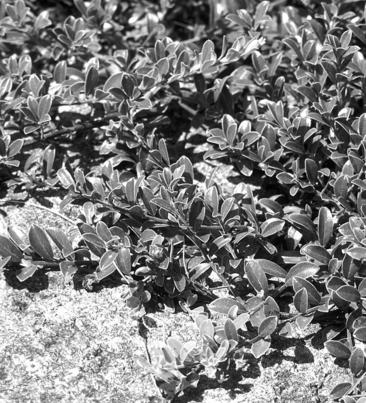UVA URSI
Botanical name: Arctostaphylos uva ursi
Synonyms: Bearberry, Kinnikinnik
PRINCIPAL USES
• Urinary tract antiseptic, bacteriostatic, anti-inflammatory, and astringent in the treatment of cystitis, urethritis, dysuria, and pyelonephritis.
IN VITRO, ANIMAL, AND CLINICAL DATA
organisms, including but not limited to C. albicans, E. coli, S. aureus, and Proteus vulgaris, and others. Several studies have also demonstrated antiinflammatory activity of the herb, particularly enhanced when extracts are used in combination with anti-inflammatory pharmaceutical drugs, for example, prednisolone, indomethacin, or dexamethazone.
< div class='tao-gold-member'>
Only gold members can continue reading. Log In or Register to continue




